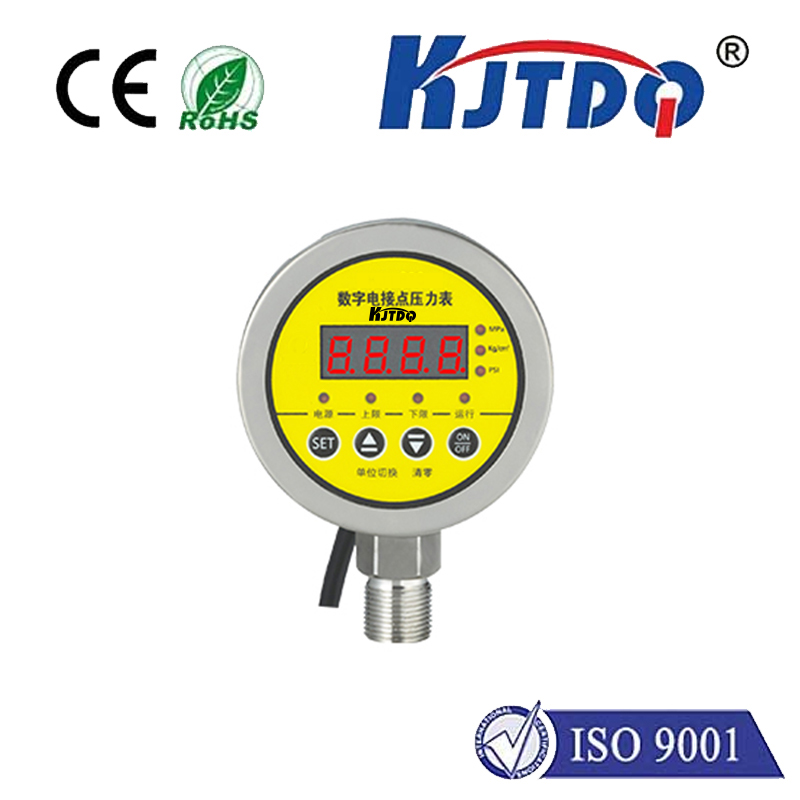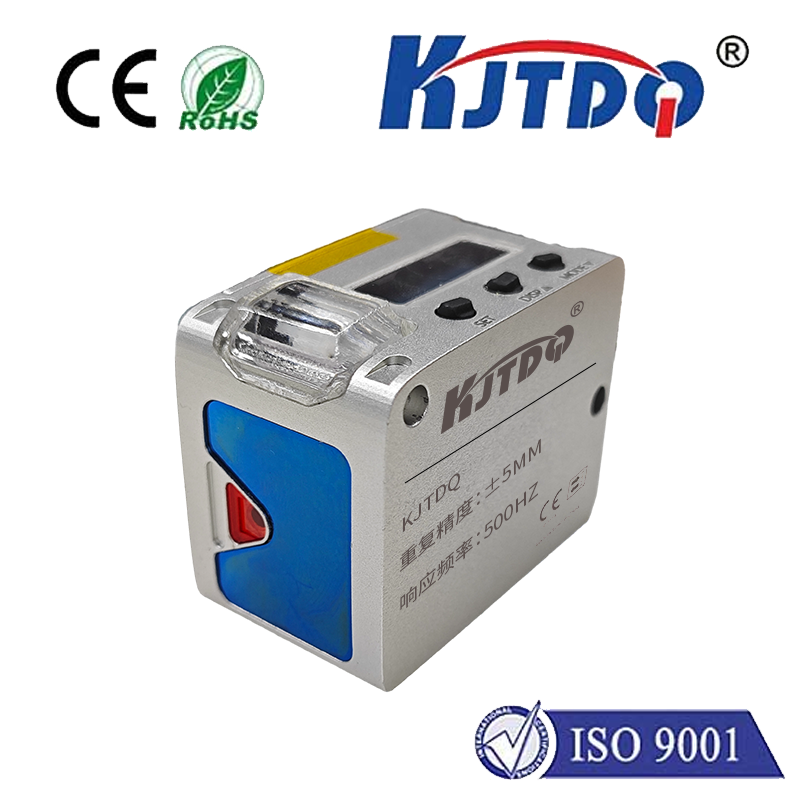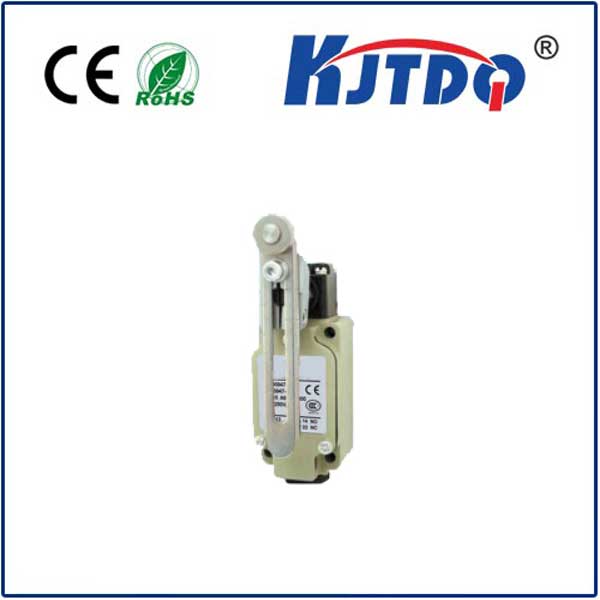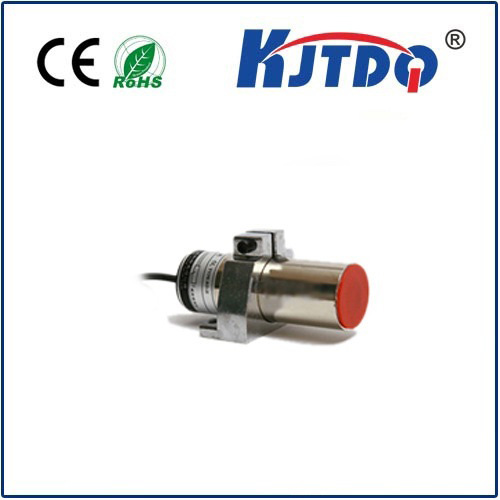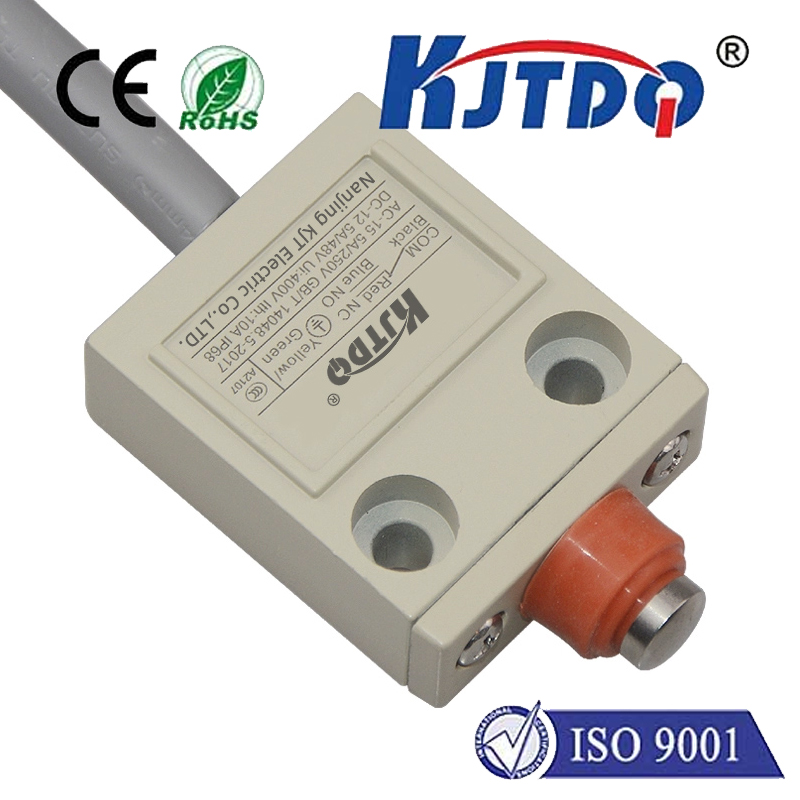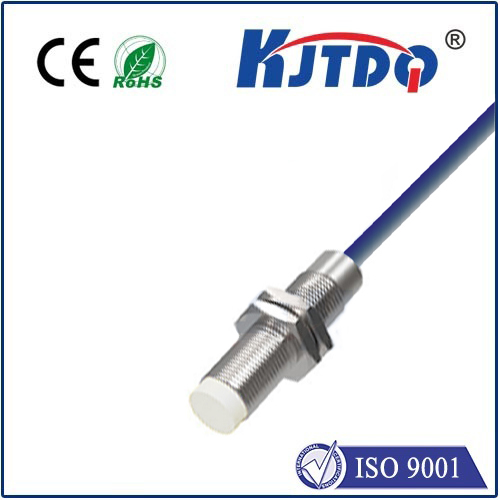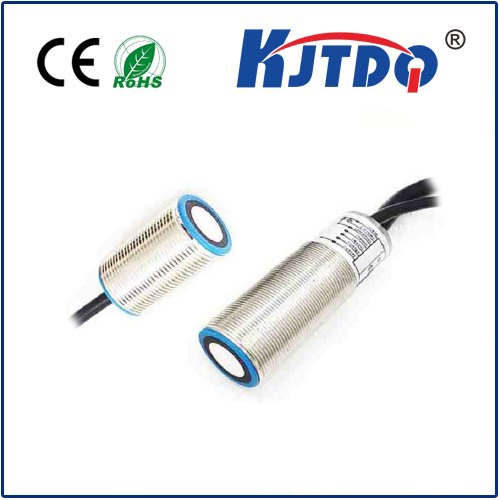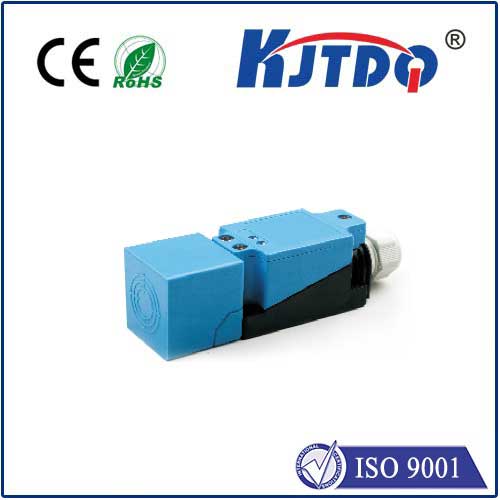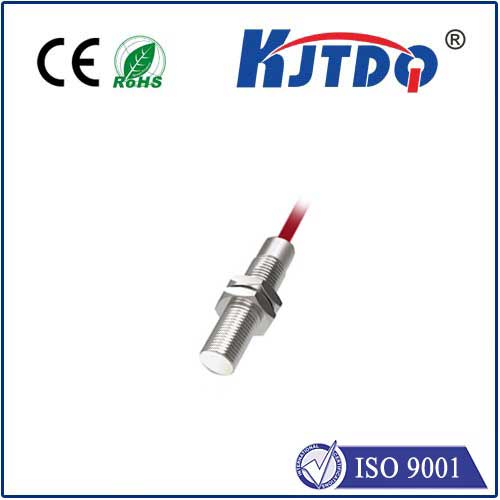

check

check

check

check

check

check

check

check

check

check
High Temperature Proximity Sensor: A Revolutionary Technology for Industrial Applications
The advancement of technology has brought about significant changes in various industries, including manufacturing and process control. One such technological innovation is the high-temperature proximity sensor, which has revolutionized industrial applications by providing accurate detection and measurement capabilities even in extreme temperatures. In this article, we will explore the features, benefits, and applications of high-temperature proximity sensors.
What is a High-Temperature Proximity Sensor?
A high-temperature proximity sensor is a device that detects the presence or absence of an object without any physical contact. It operates on the principle of inductance, where a magnetic field is generated around the sensor's coil when an object comes close to it. The strength of this magnetic field determines whether the object is present or not. This type of sensor is designed to withstand high temperatures, making it ideal for use in harsh industrial environments.

Features of High-Temperature Proximity Sensors
High-temperature proximity sensors are characterized by their ability to function effectively in extreme temperature conditions. They are typically made from high-quality materials that can withstand temperatures ranging from -40°C to +250°C or even higher. These sensors are also designed to be robust and durable, withstanding shock, vibration, and harsh chemicals. Additionally, they offer excellent accuracy and reliability, ensuring consistent performance even under challenging conditions.
Benefits of Using High-Temperature Proximity Sensors
The use of high-temperature proximity sensors offers several benefits in industrial applications. Firstly, they provide non-contact detection, eliminating the need for physical contact between the sensor and the target object. This reduces wear and tear on both the sensor and the object being detected, extending their lifespan. Secondly, these sensors offer fast response times, enabling real-time monitoring and control of processes. Thirdly, they are highly versatile and can be used in a wide range of applications, from monitoring machine health to detecting fluid levels in tanks.
Applications of High-Temperature Proximity Sensors
High-temperature proximity sensors have numerous applications in various industries. In manufacturing, they can be used to monitor machine health by detecting issues such as bearing failure or excessive wear. In the automotive industry, they can be used to measure clearance distances during assembly processes or to ensure proper alignment of components. In process control applications, high-temperature proximity sensors can be used to monitor fluid levels, pressure, and temperature within tanks or pipelines. They can also be used in power generation plants to monitor equipment health and prevent costly downtime due to equipment failure.
Conclusion
High-temperature proximity sensors are a revolutionary technology that has transformed industrial applications by providing accurate detection and measurement capabilities even in extreme temperatures. With their ability to withstand harsh environments, fast response times, and versatility, these sensors offer numerous benefits across various industries. From monitoring machine health to detecting fluid levels, high-temperature proximity sensors are essential tools for optimizing processes and improving overall efficiency in industrial settings.
